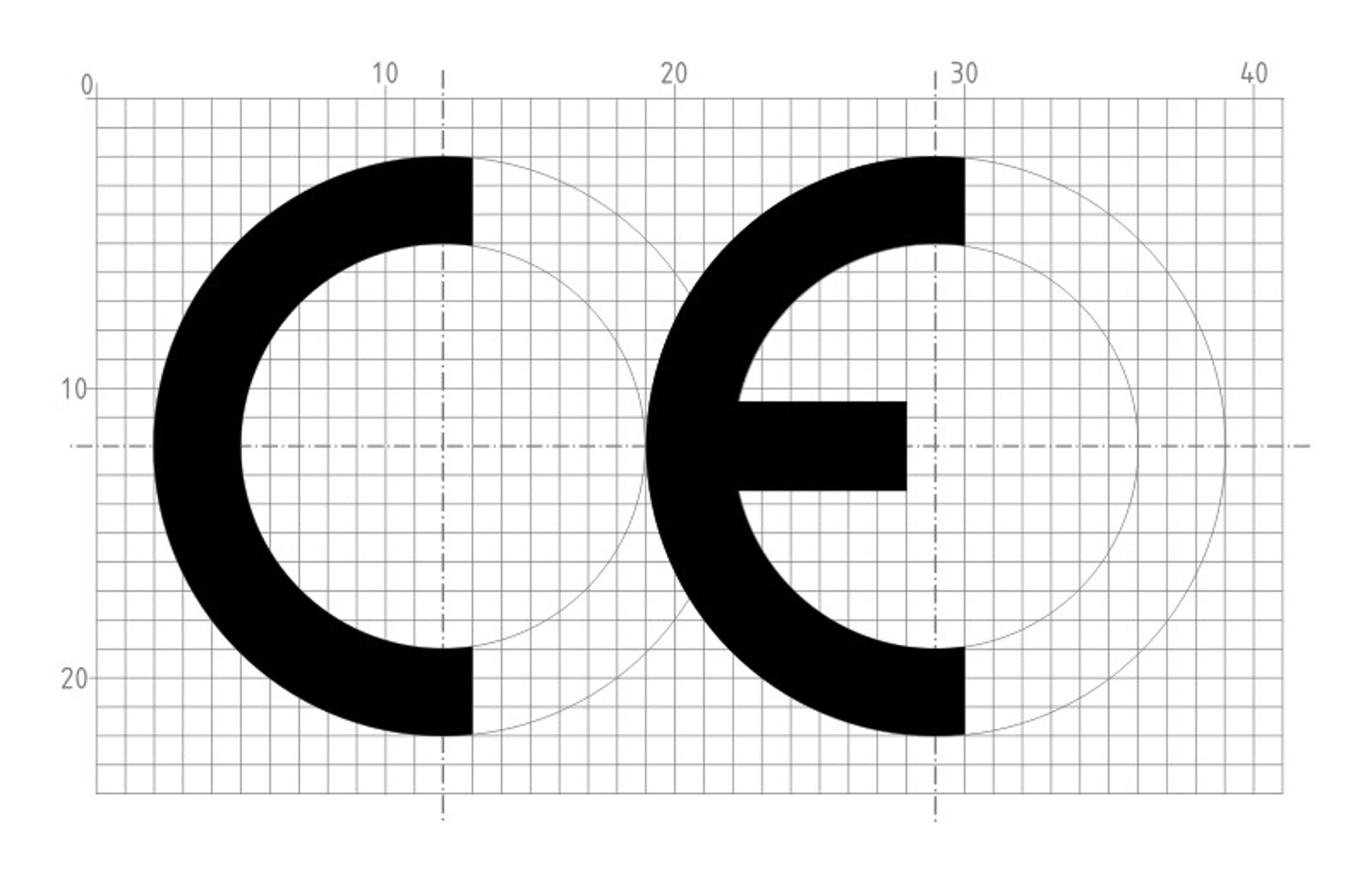Manufacturers have been obliged to guarantee that their products conform to the requirements of the Construction Products Regulation (CPR) since the legislation was first introduced. Among other requirements a manufacturer must issue a declaration of performance. This is an integral part of the CE marking process.
Only CE marked products can be marketed in the European trading area. The leading manufacturers of technical insulation materials made of flexible elastomeric foams (FEF) and polyethylene foams (PEF) ensure that their products display the CE mark.
The European FEF/PEF Interest Group, “CEFEP”, strongly supports CE marking. CEFEP also promotes harmonised standards and provides a definitive source of information from the FEF/PEF insulation industry.
CEFEP was founded in the year 2013 and the ideal of replacing older conflicting, country specific, standards with harmonised European standards has always been close to the heart of the organisation. Today all members produce technical insulation materials which are approved for use in Europe and bear the CE mark.
With the CE mark in place, manufacturers such as Armacell, Kaimann, L’Isolante K-Flex, NMC, Steinbacher Dämmstoffe, Thermaflex and Union Foam confirm that their products meet the relevant EU regulations.
The principal standards for FEF and PEF insulation
A CE mark is not a mark of quality but, rather, an acknowledgement that the manufacturer has declared the “essential characteristics” of that product. The properties that must be declared and the rules for declaring them are defined in a series of European standards.
Two standards are of fundamental importance: EN 14304 is applied for thermal insulation materials that are made of flexible elastomeric foams (FEF) for building equipment and industrial installations. EN 14313 refers to insulation products consisting of polyethylene foams (PEF).
In the case of technical insulation materials, a further distinction is made between flat products (insulating panels) and linear products (hoses).
Information on the thermal conductivity (λ-value) and the fire behaviour is obligatory in both categories. Data on the water vapour diffusion resistance (μ-value) and the release of corrosive substances also play a role for the assessment of the materials and these are often included in the declaration of performance.
Both product standards require inspection methods for factory production control (FPC) and preliminary technical determination (PTD).
Inspiring confidence for users
The CPR and the introduction of harmonized European product standards represents a fundamental change for the construction sector. With the introduction of CE marking it is now necessary to use the same methods of inspection and assessment throughout Europe, removing a potential barrier to international trade within the EU.
For consultants, wholesalers and installers, CE marking makes it easy to compare a wide range of products from different manufacturers. CEFEP members aim to provide all of the information required by EN 14304 and EN 14313 in an unambiguous way to a high level of precision.
Uniform European fire classification
The new European fire classes (A to F), defined within EN 13501-1, are a mandatory part of the EN 14304 and EN 14313 product standards. A European fire classification must be declared for a product as part of the CE marking process.
To classify flammable insulation materials, EN 13501-1 specifies that the SBI (Single Burning Item) testing method should be used. This assesses the contribution that the construction product in question makes to the development of a fire.
Linear products (tubes) are additionally marked with a subscript “L”. Another new feature is the testing of the smoke development using the abbreviation “s” (for “smoke”) and “d” (for “droplets”) in the case of burning droplets. European class E is tested by means of the ignitability test according to EN ISO 11925-2.
In order to offer its customers the greatest possible clarity when selecting technical insulation materials, the members of CEFEP all provide declarations of performance. “With regard to the declarations of performance for our products, we want to create as much transparency as possible and thus achieve a high degree of security in product selection,” confirms Georg Eleftheriadis, chairman of the “Gütegemeinschaft Hartschaum” and chairman of the CEFEP. “We are glad to support dealers, planners and users with our advice.”



